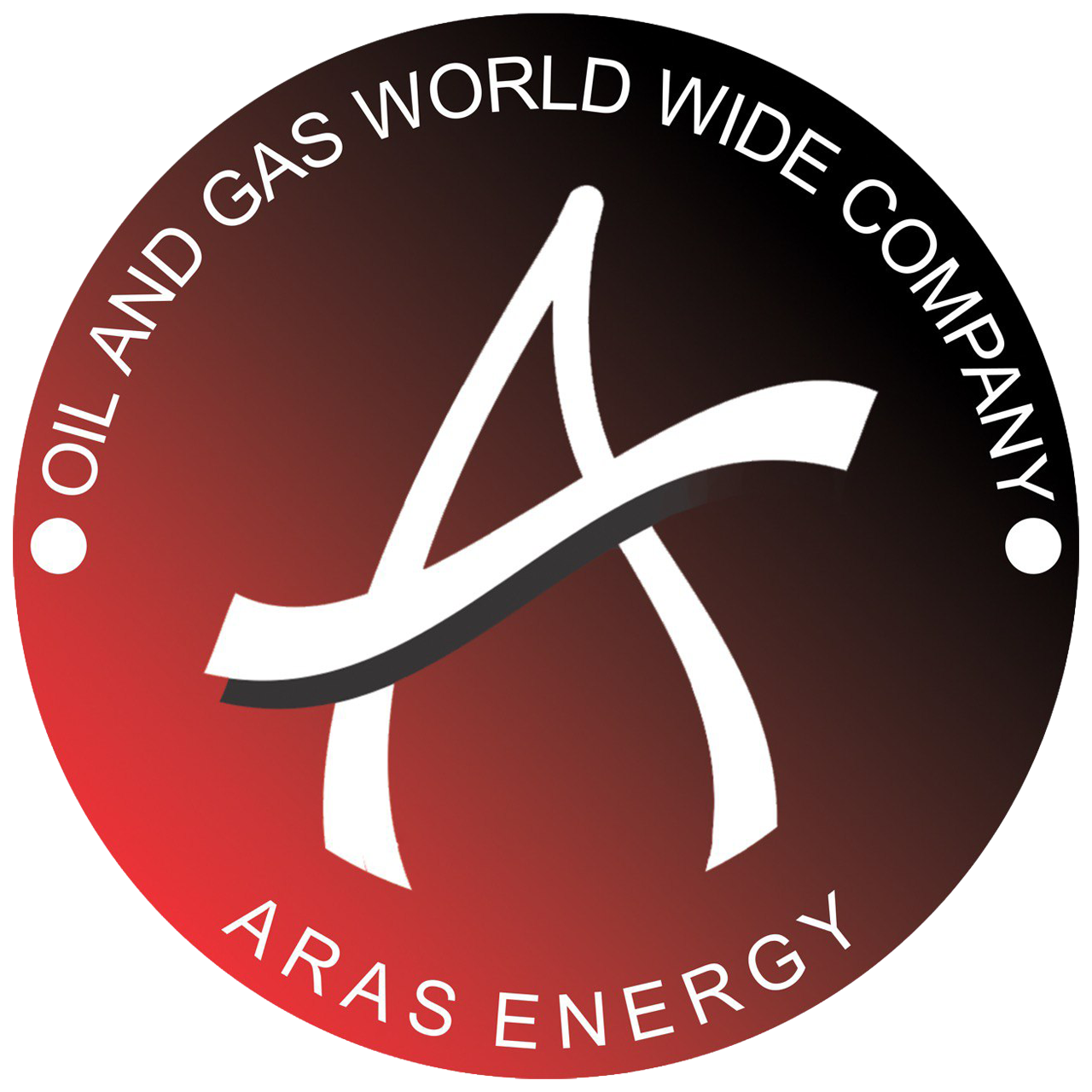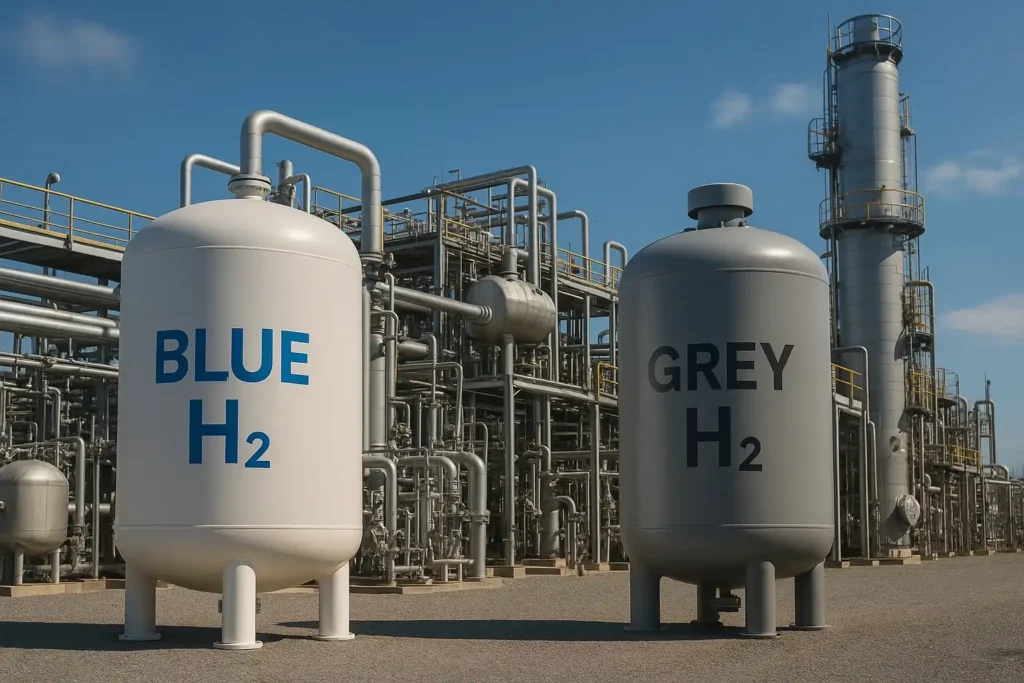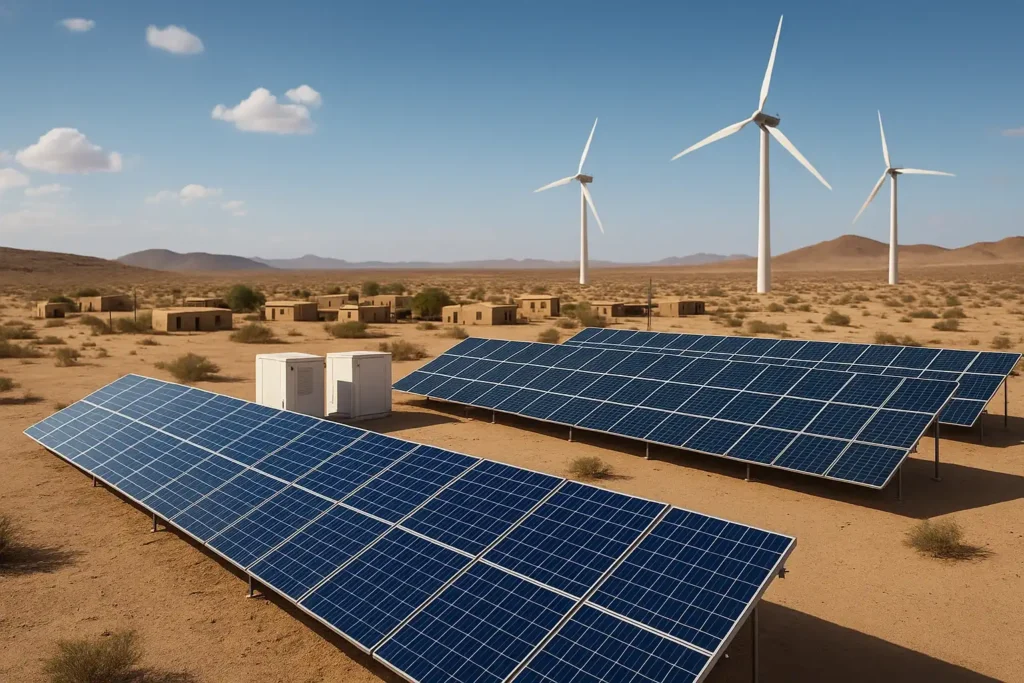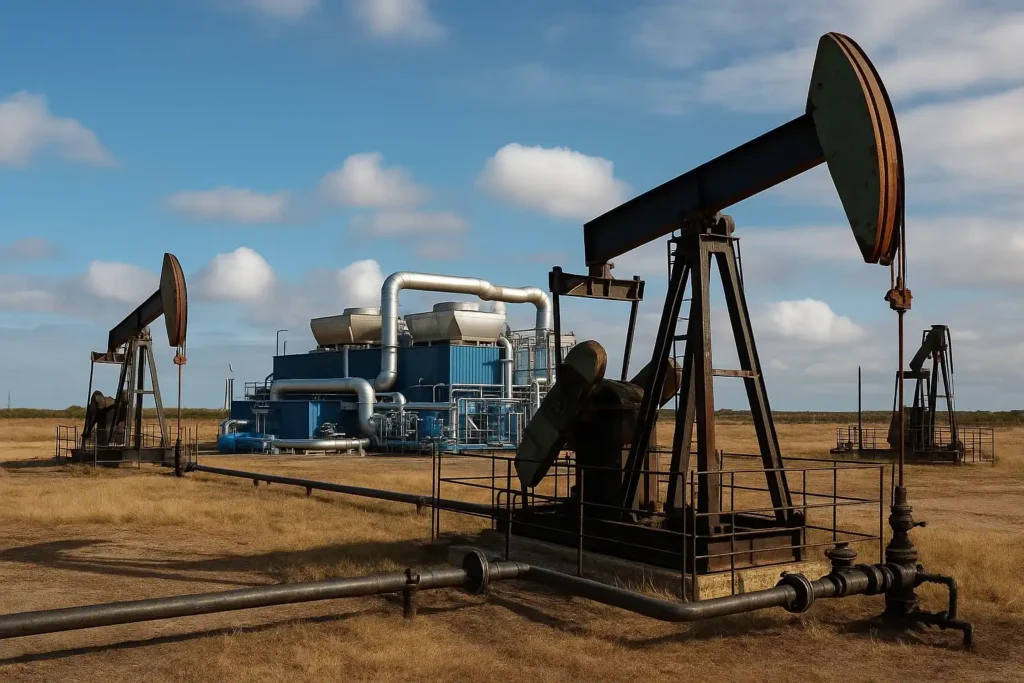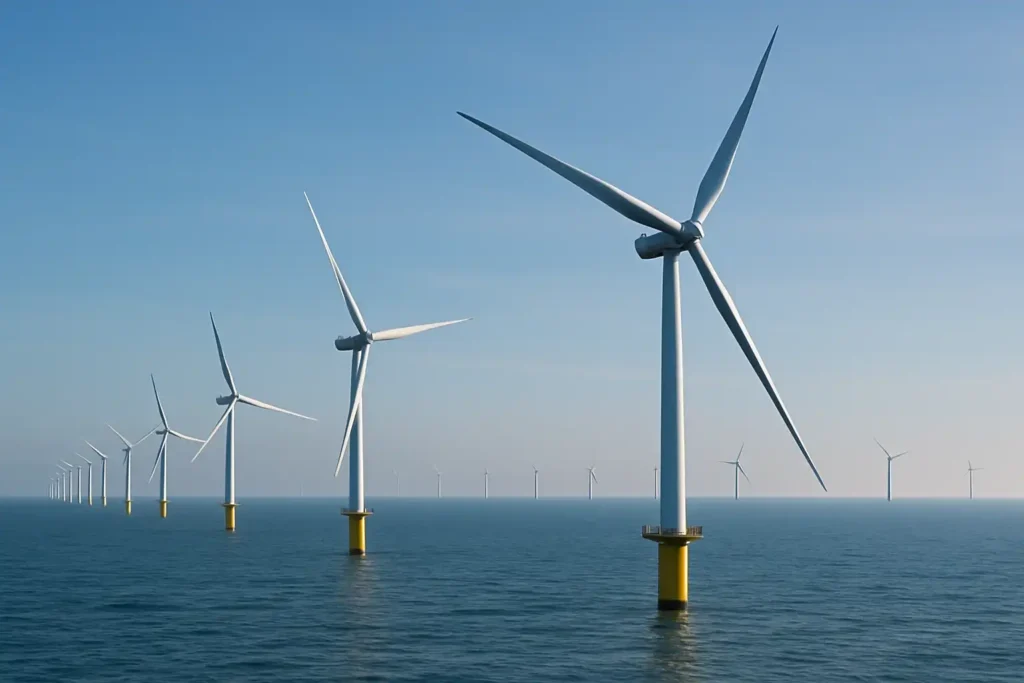In recent years, the oil and gas industry has increasingly been under pressure to reduce its greenhouse gas emissions while maintaining operational efficiency. One innovative approach to achieve this goal is the integration of renewable energy with oilfield operations. Known as Hybrid Energy Systems in oilfields, this approach combines clean energy sources such as solar, wind, and energy storage with traditional oil infrastructure.
This article explores the importance, successful examples, applicable technologies, and economic and environmental benefits of this modern solution.
Why Is Integrating Renewable Energy with Oilfields Important?
- Reducing fuel costs for local power generation
- Lowering greenhouse gas (GHG) emissions and carbon footprints of oil projects
- Increasing energy self-sufficiency in remote and off-grid areas
- Enhancing environmental credibility of brands under ESG frameworks
- Aligning with Net Zero strategies in oil-producing countries
Technologies Used in Hybrid Oilfield Systems
☀️ Solar PV
- Suitable for daily operations of oil wells
- Power supply for pumps, measurement devices, and monitoring systems
- Long lifespan and low maintenance
🌬 Wind Energy (Onshore/Offshore)
- Usable in offshore and onshore oilfields
- Combined with solar to supply nighttime loads
- Installation of small turbines around facilities
🔋 Energy Storage Systems (Battery Storage)
- Stabilizing energy production fluctuations
- Backup during renewable source downtime
- Reducing dependency on diesel generators
🛢 Combination with Gas or Diesel Generators (Diesel Hybrid)
- Using solar and wind to reduce generator operating hours
- Peak load management and equipment lifespan extension
Successful Global Examples
🇸🇦 Aramco – Saudi Arabia
- Using solar panels in desert areas to power water injection pumps
- Reducing gas consumption in drilling operations by up to 40% in some regions
🇳🇴 Equinor – North Sea Offshore Fields
- Installing floating wind turbines next to oil platforms
- Cutting diesel generator use by 60% and saving millions annually in fuel costs
🇺🇸 Chevron – Texas
- Piloting floating solar panels to power water treatment systems in the Permian Basin
- Significantly reducing operational electricity costs in off-grid areas
🇦🇪 ADNOC – UAE
- Collaborating with Masdar to connect oilfields to the Al Dhafra solar grid
- Completely eliminating fossil fuels in power supply for some onshore facilities
Key Benefits of Hybrid Systems in Oilfields
Benefit | Explanation |
🔻 Cost Reduction | Decreasing reliance on expensive diesel or natural gas fuels |
🔋 Increased Sustainability | Providing a stable energy source even during emergencies |
Environmental Improvement | Reducing emissions of CO₂, NOx, SOx, and particulate matter |
⚙ Reduced Equipment Wear | Lower generator operating hours and extended equipment life |
ESG Rating | Enhancing environmental credibility in corporate sustainability reports |
Implementation Challenges and Solutions
Challenge | Proposed Solution |
Solar/Wind Production Fluctuations | Use of battery storage and smart control systems |
High Initial Investment | Use of Power Purchase Agreements (PPA), green financing, and government incentives |
Harsh Field Conditions | Designing for dust, humidity, and corrosion resistance |
Need for Specialized Technical Support | Collaboration with experienced renewable energy companies |
Opportunities for Regional Companies Like Aras Energy
Companies involved in EPC projects, oilfield management, or renewable energy development can benefit from:
- Designing and implementing small hybrid systems in scattered wells
- Providing remote monitoring and maintenance services using IoT and SCADA
- Collaborating with national oil companies on sustainability projects
- Supplying and installing solar equipment resistant to desert conditions
Integrating renewable energy with oilfield operations is not only a temporary cost-saving solution but also a transformative strategy toward sustainability, efficiency, and future-readiness in the energy industry. Companies entering this field today will be at the heart of emerging energy markets tomorrow.
Companies investing in AI today will not only lead in production and exploration but also play a key role in a sustainable energy future.
